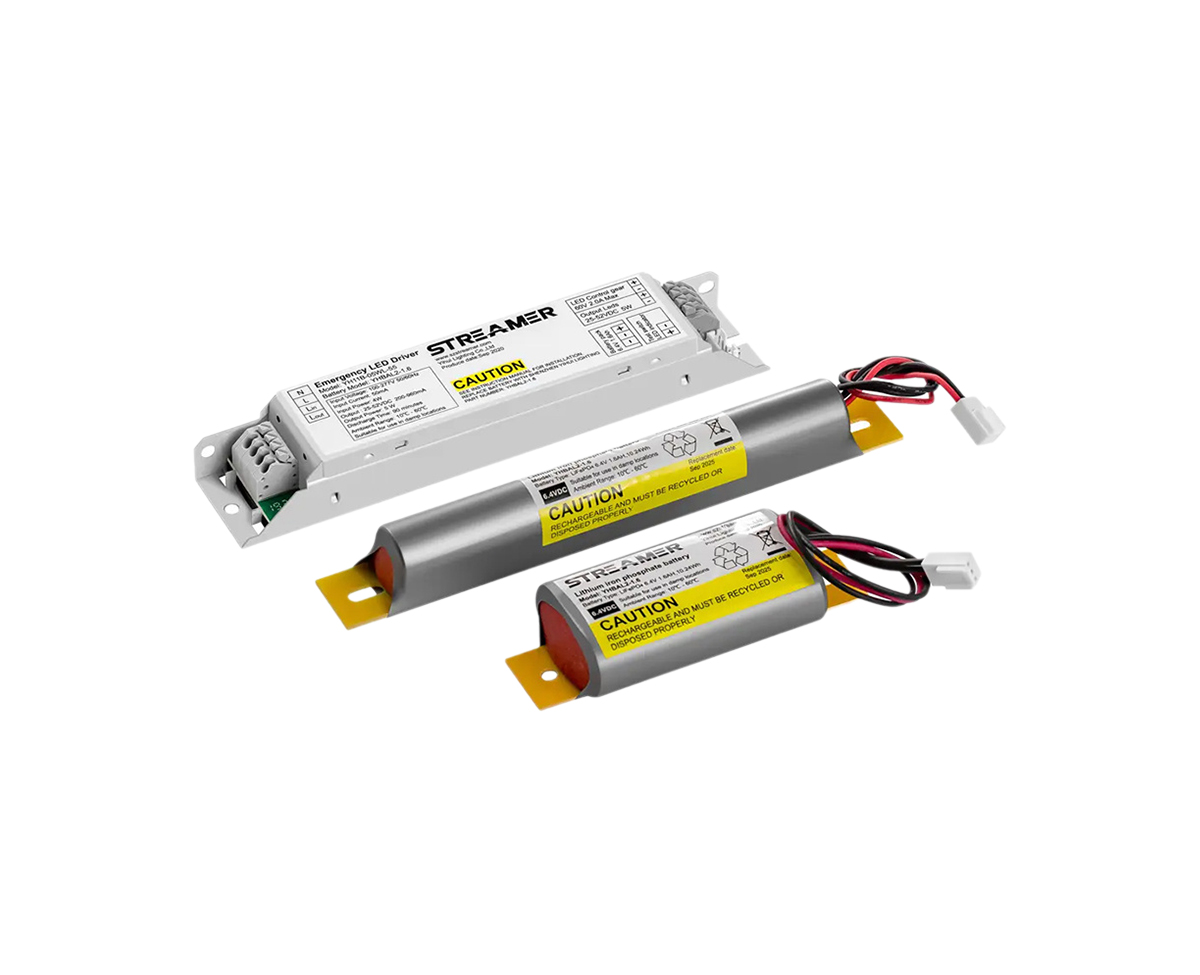 1
1
 May 05, 2025
May 05, 2025

The input adaptation range of LED emergency converters is a critical characteristic that determines their compatibility with different power sources and their ability to function reliably in various electrical environments. This range specifies the voltage and frequency levels at which the converter can accept and process input power.
Most LED emergency converters are designed to operate within a wide range of input voltages. For example, in the common AC power supply systems, they can typically handle input voltages ranging from 100V to 240V, covering the standard voltage levels used in different regions around the world. This wide - range input capability makes the converters highly versatile, allowing them to be installed in different countries and regions without the need for significant modifications. It also provides some tolerance for voltage fluctuations that may occur in the power grid, such as those caused by peak loads or power - line disturbances.
In terms of frequency, LED emergency converters are usually designed to work with the standard power frequencies of 50Hz or 60Hz, depending on the region. However, some advanced converters are capable of adapting to a broader frequency range, providing more flexibility in applications where the power frequency may vary slightly or in non - standard power systems.
The input adaptation range also includes considerations for different types of power sources. Besides the traditional AC power from the grid, modern LED emergency converters are increasingly being designed to accommodate alternative power sources such as DC power from solar panels, wind turbines, or battery banks. This requires the converters to have built - in rectification and regulation circuits to convert and stabilize the input power. For example, a converter designed to work with solar panels may need to handle a wide range of DC input voltages, depending on the number of solar panels connected and the environmental conditions.
A wide input adaptation range not only enhances the compatibility of LED emergency converters but also improves their reliability. It allows the converters to operate under diverse electrical conditions without being easily damaged by voltage surges, drops, or frequency variations. This is especially important for emergency lighting systems, where the converter's ability to function properly during power outages or abnormal power supply situations can be a matter of life and death.